Ever wondered “Am I doing this right?” during meditation? You’re not alone. Many on the wellness journey question whether they’re truly meditating or just falling asleep with their eyes closed. The truth? If you’re noticing even subtle shifts, you’re likely on the right path.
You are the hero of this journey toward happiness, consciousness, and deeper awareness—and yes, it’s okay to feel unsure. That’s where this guide comes in.
As your guide, We’ve gathered the 10 clear signs that show your meditation is actually working.
Keep reading to learn how to spot each of these signs—and follow the present moment with total awareness. Meditation isn’t about perfection. It’s about presence.
Ready to deepen your practice? Let’s begin.
- How Do I Know If I'm Meditating Correctly?
- 1. You Notice a Shift in Awareness
- 2. Time Seems to Pass Differently
- 3. You Feel Calmer and More Grounded Afterward
- 4. You Experience Gaps Between Thoughts
- 5. Your Breath Becomes Slower and More Natural
- 6. Your Posture Feels Effortless Over Time
- 7. You're Aware of Distractions Without Getting Pulled In
- 8. You Feel the Effects Beyond the Cushion
- 9. You No Longer Judge Your Sessions
- 10. You Keep Coming Back to It
- How Do I Know If I'm Meditating Correctly? A Recap
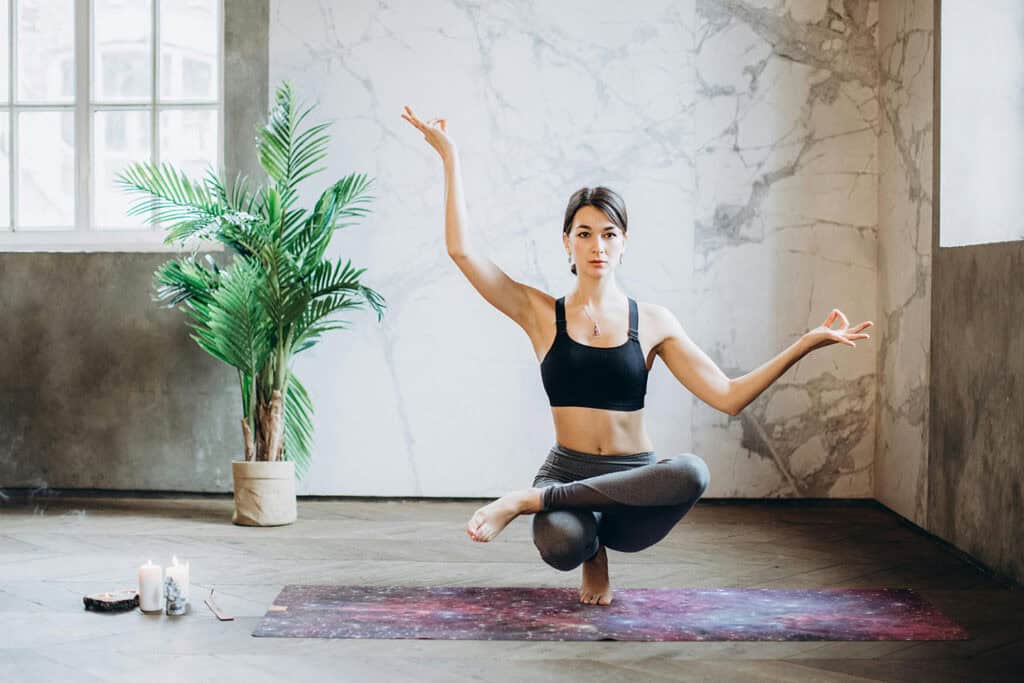
How Do I Know If I’m Meditating Correctly?
1. You Notice a Shift in Awareness

A key sign of proper meditation is a subtle but noticeable shift in your awareness. You may begin to observe your thoughts and emotions more objectively, feeling more present in the moment. This awareness is not about controlling thoughts but noticing them as they arise.
The “witness” perspective, where you become an observer rather than a participant in your mental chatter, is a foundational shift that shows you’re tapping into mindfulness. Your sense of inner space grows, and you feel less entangled in reactive thinking. You become more aware of your own body and emotions without judgment.
- Tip: Focus on your breath or a mantra gently. If your awareness returns to this focus again and again, even after distractions, you’re meditating effectively.
- Related Tip: Try body scanning to enhance awareness. Observe physical sensations from head to toe to increase your sense of presence.
- Reminder: Don’t judge your meditation based on how “deep” you feel. Presence is the goal, not silence.
See also Yoga Meditation for Beginners
2. Time Seems to Pass Differently

When meditating correctly, your perception of time often changes. Sessions may feel like they pass faster (or slower) than expected. This altered time awareness is a sign that you’ve entered a focused and relaxed state where the usual mental chatter quiets down.
You’re no longer thinking in a linear or analytical way, which disrupts your normal sense of time.
This shift reflects a deeper brain state, similar to what’s observed during flow or rest states in neuroscience. These states may influence electrical activity and patterns of consciousness in the brain.
- Tip: Use a gentle timer so you don’t worry about how long you’ve been sitting. Let time fade into the background.
- Practice Tip: Don’t set rigid time goals—start small and build. Let quality guide your duration.
- Mental Shift: Feeling timelessness shows you’ve detached from mental busyness.
3. You Feel Calmer and More Grounded Afterward
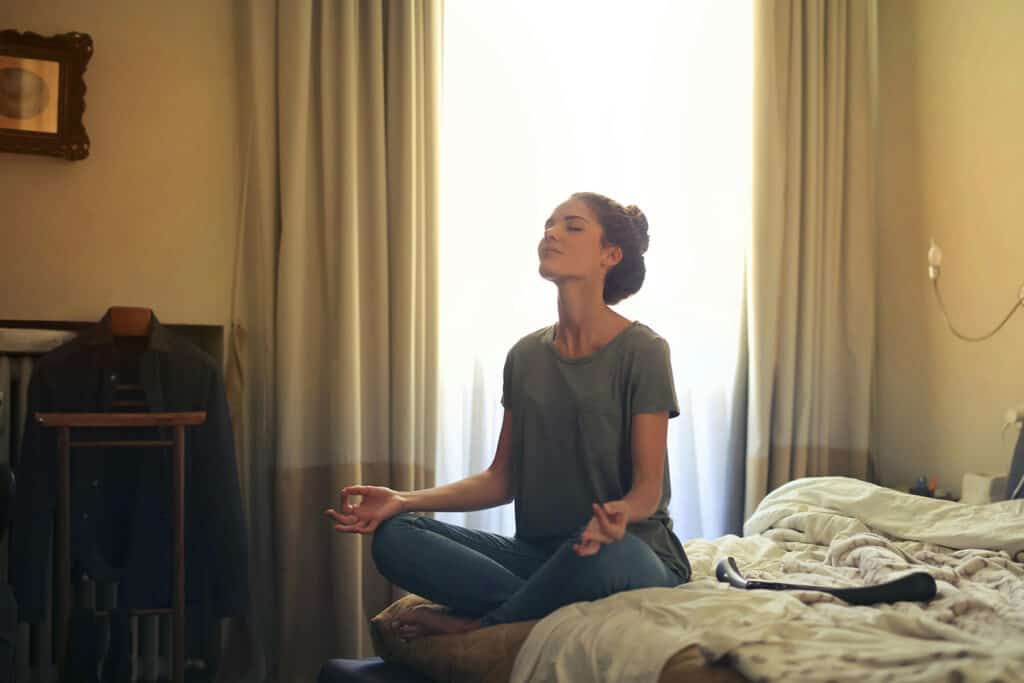
One of the most immediate benefits of effective meditation is the after-effect: a sense of calm, clarity, or emotional steadiness. You may feel more connected to your body, less agitated, and less likely to react impulsively. Even five minutes of true presence can reset your nervous system.
These positive effects may be subtle at first but grow more consistent with regular practice. Meditation creates a buffer between stimulus and reaction, allowing you to move through your day with greater ease. This is a clear benefit of practicing meditation for focus and energy.
- Tip: Journal after sessions to track shifts in your mood or energy.
- Body Awareness Tip: If you feel physically grounded (feet relaxed, shoulders soft), that’s a good sign.
- Emotional Check: Notice if you respond to stressors more calmly throughout the day.
4. You Experience Gaps Between Thoughts
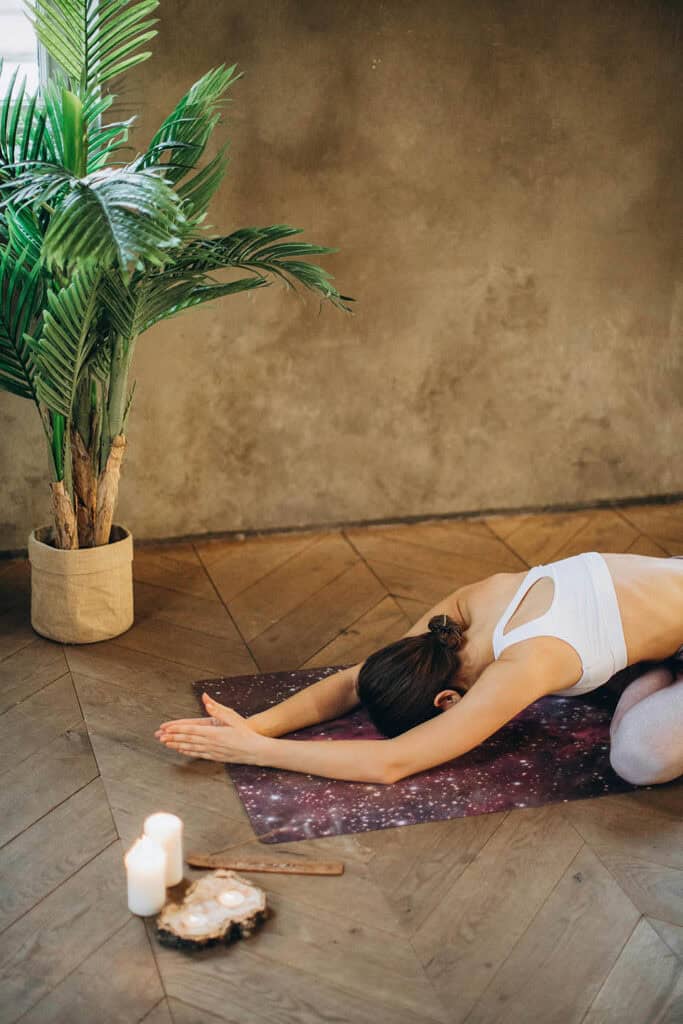
Meditation doesn’t require a blank mind—but you may start noticing brief moments of silence between thoughts. These spaces often emerge naturally as you become less entangled in thinking. You’re not stopping thoughts, but your relationship to them shifts.
Over time, these gaps grow longer and more frequent, bringing a deep sense of peace. It’s like discovering the sky behind the clouds—the thoughts are still there, but you’re less distracted by them. This is a hallmark of deep meditation.
- Tip: Label distractions gently (e.g., “thinking,” “planning,” “worrying”) to return to your anchor.
- Breath Focus: Each time you return to the breath, you strengthen the ability to lengthen these gaps.
- Acceptance Tip: Don’t chase silence. Let it arise on its own.
5. Your Breath Becomes Slower and More Natural

One reliable physical sign of effective meditation is the breath becoming slower, deeper, and more effortless. You may not notice it immediately, but your body will shift into a relaxed state (parasympathetic nervous system).
Your heart rate slows, muscles relax, and you feel a general sense of ease. These shifts are signs that meditation is having a calming effect on your entire system. Breath awareness also helps stabilize attention and reduce anxiety. Breathing is the bridge between body and mind in meditation.
- Tip: Observe your breath without trying to control it. Natural rhythms are more restorative than forced ones.
- Physiology Note: A calm breath = a calm mind. Let the breath guide your meditation.
- Breath Anchor: If distracted, always return gently to your breath.
See also What to Wear for Meditation
6. Your Posture Feels Effortless Over Time

When meditation is done correctly, your body learns to sit with alertness and ease. What initially feels forced becomes natural. You’re not slumping or stiff—you’re simply sitting with dignity and relaxation. Good posture supports mental clarity, and as your muscles adapt, sitting becomes less of a distraction.
Over time, you’ll notice more ease, even in longer sessions. Many practitioners use meditation tools like cushions or benches to help maintain good posture and reduce discomfort.
- Tip: Use cushions or props to find your comfort zone. A stable body creates a still mind.
- Balance Point: Posture should feel strong yet soft—like a tree, grounded but not rigid.
- Awareness Cue: Notice when posture adjustments become less frequent. That’s a sign of integration.
7. You’re Aware of Distractions Without Getting Pulled In
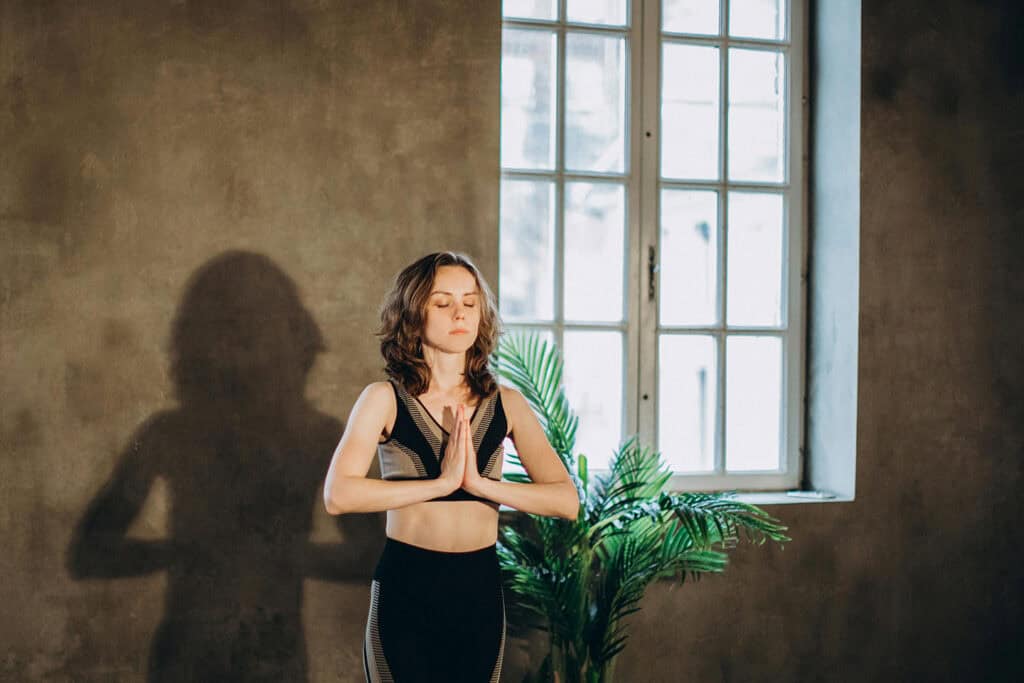
Distractions are part of every meditation. But when you’re meditating correctly, you start noticing them without reacting. You observe a sound or thought, label it, and return to your focus. This awareness means you’re no longer on autopilot.
You’re training your mind to stay anchored, even in the face of external or internal noise. You learn to stay focused and present despite the noise, rather than labeling your experience as wrong or ineffective.
- Tip: Treat distractions like clouds—observe them, then let them pass.
- Practice Aid: Use a mantra or counting breath to help redirect your attention.
- Progress Marker: Fewer reactions = more mindfulness. Celebrate those moments.
8. You Feel the Effects Beyond the Cushion

The true test of meditation isn’t what happens during—it’s what changes afterward. Do you react differently to stress? Are you more patient? If mindfulness spills into your daily life, it’s working. You may also notice increased emotional resilience, better focus, and a quieter inner critic.
Meditation builds awareness that transforms everyday interactions. This helps with overall mental health and allows you to maintain presence in the present moment, even during stressful times.
- Tip: Incorporate short moments of mindfulness during daily tasks (e.g., brushing teeth, walking, eating).
- Integration Tip: If you remember to breathe during conflict, your practice is paying off.
- Mindful Living: The goal isn’t just calm—it’s conscious, compassionate presence.
9. You No Longer Judge Your Sessions
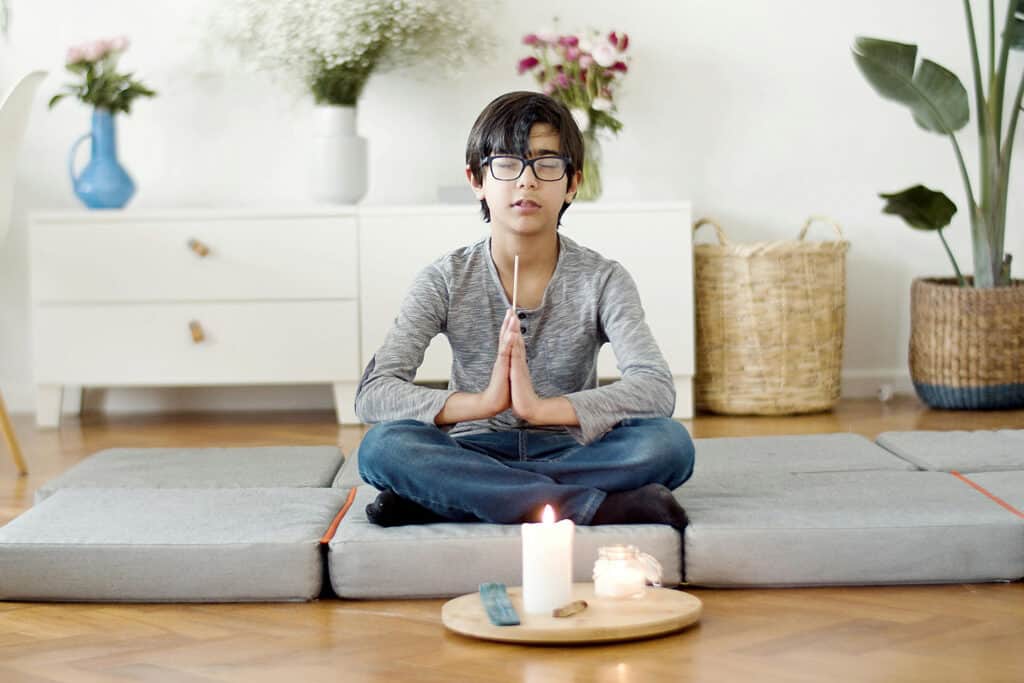
Initially, most people analyze every session: “Was it good? Did I succeed?” But over time, you stop evaluating and simply sit. You accept whatever arises—boredom, restlessness, peace—with curiosity rather than criticism. This detachment shows your meditation is deepening.
You realize each session is unique and valuable. It’s a powerful realization that you’re meditating correctly when you stop chasing results and simply experience what’s present.
- Tip: Let go of performance. Meditation isn’t a test—it’s a presence practice.
- Mindset Shift: Accepting “bad” meditations is a sign of true growth.
- Neutral Observer: Learn to notice without labeling. That’s where transformation begins.
10. You Keep Coming Back to It

Perhaps the strongest sign you’re meditating correctly is this: you want to continue. Something inside you senses the benefits, even if they’re subtle. You may miss it on days you skip. The act of returning—again and again—is more important than any single session.
Meditation becomes a refuge, not a task. Even when you’re tired or busy, your intention to continue speaks volumes about your connection to the meditation practice.
- Tip: Build a routine that fits your life—morning, midday, or evening.
- Consistency Tip: Even 5 minutes daily beats 30 minutes once a week.
- Inner Motivation: If you’re drawn to meditate, trust that instinct. It means it’s working.
See also Is It Better to Meditate in the Morning or at Night?
How Do I Know If I’m Meditating Correctly? A Recap
Deep meditation isn’t about perfection—it’s about presence. If you’re noticing even a few of these signs in your practice, you’re on the right path. Some days will feel clear and calm, while others may be filled with mental noise. That’s completely normal.
The key to meditating correctly is consistency, compassion, and curiosity. You’re training your mind to pause, reflect, and engage with life more fully. Over time, these shifts become second nature. So keep sitting, keep observing—and trust that transformation is already happening.


